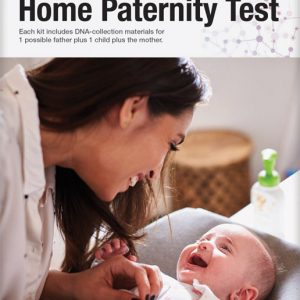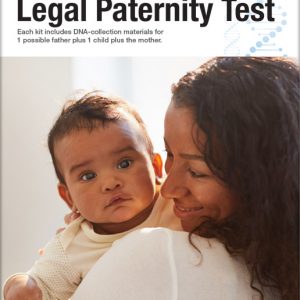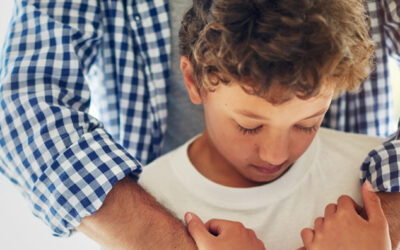 A team of scientists reported in the October 24th issue of Nature the successful creation of human embryos using eggs that had their nuclear DNA replaced by with the nucleus from another egg. The eggs were then fertilized in vitro to produce embryos that had genetic material from three sources: the “host” egg containing mitochondrial DNA (mtDNA), the donor egg (contributing the maternal half of the nuclear DNA), and the sperm (contributing the paternal half of the embryo’s nuclear DNA).
A team of scientists reported in the October 24th issue of Nature the successful creation of human embryos using eggs that had their nuclear DNA replaced by with the nucleus from another egg. The eggs were then fertilized in vitro to produce embryos that had genetic material from three sources: the “host” egg containing mitochondrial DNA (mtDNA), the donor egg (contributing the maternal half of the nuclear DNA), and the sperm (contributing the paternal half of the embryo’s nuclear DNA).
In humans, nuclear DNA is comprised by the 46 chromosomes found in the nucleus, with 23 inherited from the father and 23 inherited from the mother. This is the DNA that dictates most of body’s functions and characteristics, essentially establishing a person’s unique identity, and it’s also what DDC analyzes in a parentage test.
Mitochondrial DNA, on the other hand, is found outside the nucleus, in the organelles that generate energy for the cell. During fertilization, only the nuclear DNA from the sperm enters an egg cell, which means that the resulting embryo contains mtDNA only from the mother. In this way, mtDNA is passed from the mother to all her children, and the female children pass their mtDNA to their offspring, throughout the generations, relatively unchanged. This inheritance pattern is what allows those interested in ancestry research to trace maternal lineages through mtDNA testing.
The ultimate goal of the study is to allow couples with a family history of mitochondrial diseases to bear children who are free of the disease. That is, couples might choose to use a host egg with healthy mtDNA and inject it with the mother’s nuclear DNA as part of an in vitro fertility procedure. Each year, 1,000 to 4,000 children in the United states are born with a mitochondrial disease (umdf.org). The scientific team that produced the study is awaiting FDA approval on clinical use of the technology (in the study, the embryos were developed in vitro to blastocyst stage and then used to make stem cells).
For more information on this study, visit the Nature News article.
What are your thoughts? Would you want to know if your child had the potential for mitochondrial diseases?
Gypsy Rose Blanchard’s DNA Test: How DNA Diagnostics Center Helped Resolve Paternity Questions During Pregnancy
Gypsy-Rose Blanchard has confirmed the paternity of her unborn child using DNA Diagnostics Center’s Non-Invasive Prenatal Paternity (NIPP) test, sharing the DNA test results on Instagram on November 5, 2024.






0 Comments